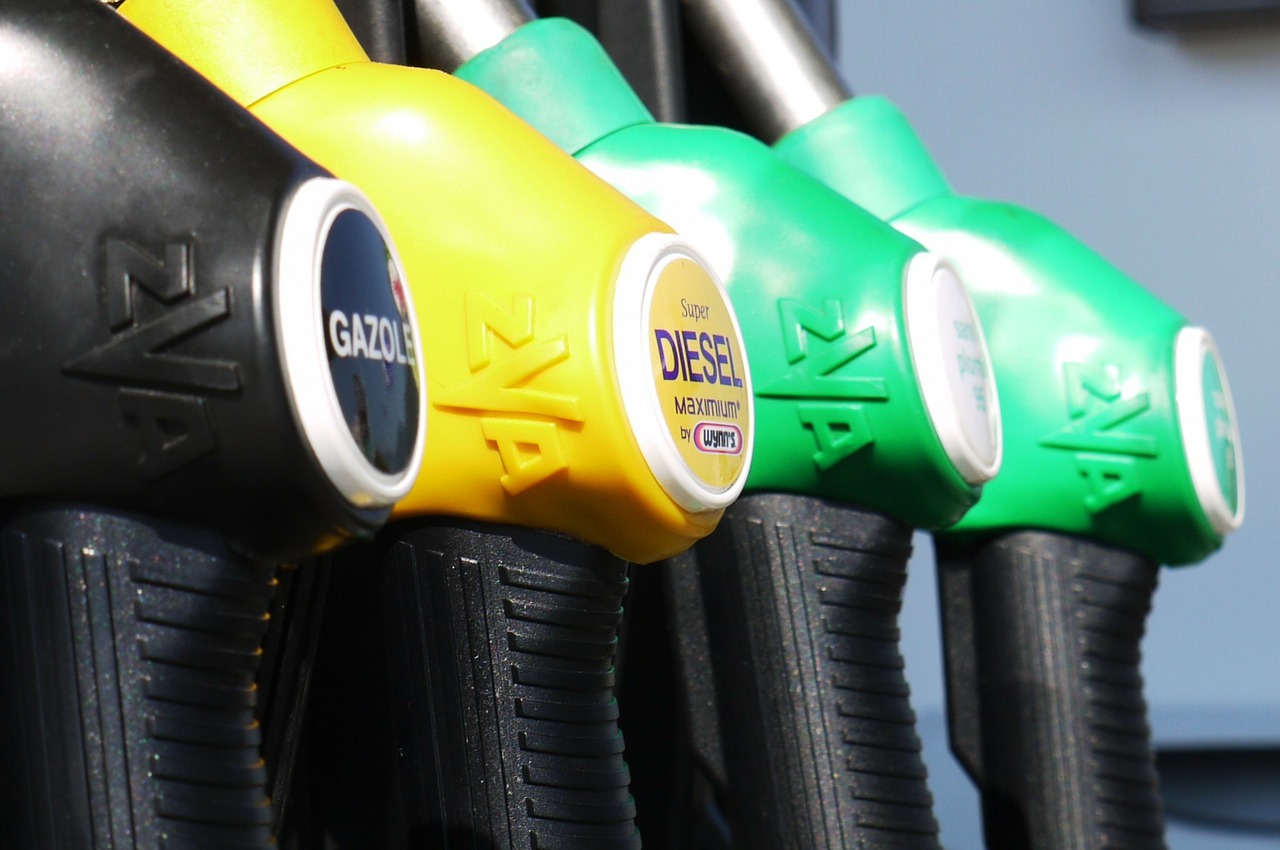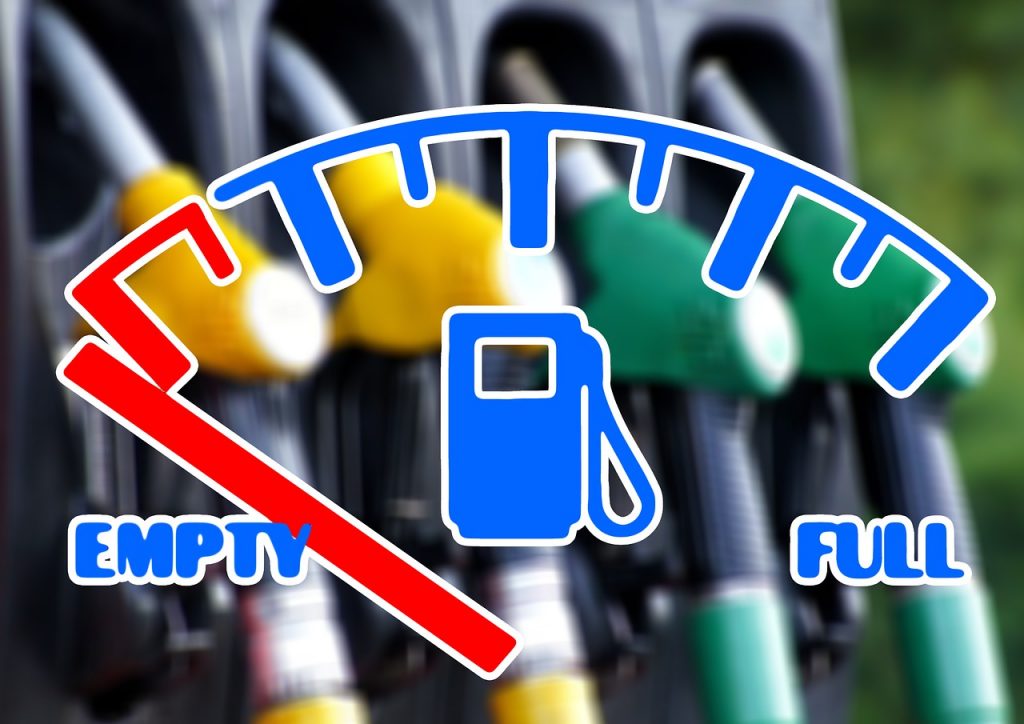Contents
– Causes of diesel leaks
– Diesel leakage maintenance cost

Over the years, diesel has managed to catch up with petrol regarding vehicle quietness and driving comfort. However, it is still marked by a peculiarity unique to diesel, especially at the pump. Its particularly tenacious smell is quickly detected by the vehicle’s occupants, especially in the event of a leak. This blog tells you about diesel leaks: their origins, and the cost of maintenance.
Causes of diesel leaks
The causes of diesel oil leaks can be multiple, as we will see below.
Diesel oil leakage and low-pressure supply
The low-pressure supply is located from the tank to the inlet of the high-pressure pump, with potential leaks found at 3 levels:
– The tank, located under the rear of the vehicle, made of plastic composite material, is subject to shocks (bollards, bumps, foreign bodies, etc.) that can damage it and generally require replacement. It includes the booster pump, which may also have leaks.
– The pipes under the vehicle are the most exposed, but the powertrain lines are also vulnerable, particularly to friction and heat.
– The diesel fuel filter housing, more complicated than it seems, is now made of plastic and may include a temperature sensor, a water sensor, valves and various hose outlets, all of which generate as many potential leaks.
Diesel oil leak and high-pressure circuit
The high-pressure circuit consists of different elements:
– The high-pressure pump. It generates the injection pressure and is unlikely to leak diesel fuel externally.
– The high-pressure piping. It is a metallic and rigid component that connects the pump and the supply rail to the injectors. Potential leaks are located at the connections and more rarely due to cracks.
– The common rail. This is a hollow tube for storing fuel and acts as a damper for vibrations generated by high-pressure injections. It supports the high-pressure sensor, which the manufacturer forbids to be dismantled; the common rail must also be replaced systematically in the event of a defective sensor.
– The injectors are electromagnetically or piezoelectrically controlled. They are controlled by the ECU and release the exact quantity of diesel fuel required into the combustion chambers. Leakage is often localized between the injector and the cylinder head, necessitating the sealing gasket replacement. It is a delicate operation by the seizing of the injectors in the cylinder head. The other source of the leakage is the injector return connection, which is a detailed spare part.
Diesel fuel leakage and return circuit
After injection, the excess diesel oil is returned to the tank through the return lines, often with a cooler. These components are also potential leakage generators.
Diesel leakage maintenance costs
Repairs should preferably be carried out by professionals, as they require technical knowledge, equipment and rigour (introduction of foreign bodies, even in fine particles, which can damage pumps, injectors and consequently the engine).
Here is a summary of the most common breakdowns and the average cost of repairing them.
|
Origin of breakdowns |
Price per piece |
Labour ($70/hour) |
Total |
|---|---|---|---|
|
Flexible pipes (hoses) |
10 to 20 $/metre |
0.5 to 1 hour |
$50 à $90 |
|
Rigid pipes |
Genuine Parts $25 to $60 |
0,5 h |
$60 à $100 |
|
Filter housing |
$70 |
0,5 h |
$105 |
|
Common ramp with high-pressure sensor |
$150 à $250 |
0,5 h |
$175 to $300 |
|
Injector seals (x 4) |
From $10 to $30 |
1 to 3 hours |
$80 to $250 |
|
Injector return (x 4) |
From $5 to $20 |
0.5 to 1 hour |
$40 to $90 |
Hope the above helps you determine the causes of diesel leaks with your vehicle. Please remember to comment and share this post.




